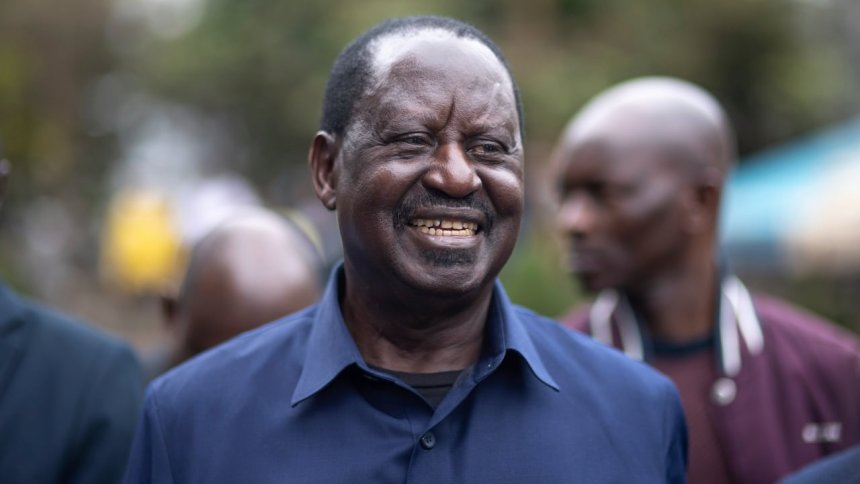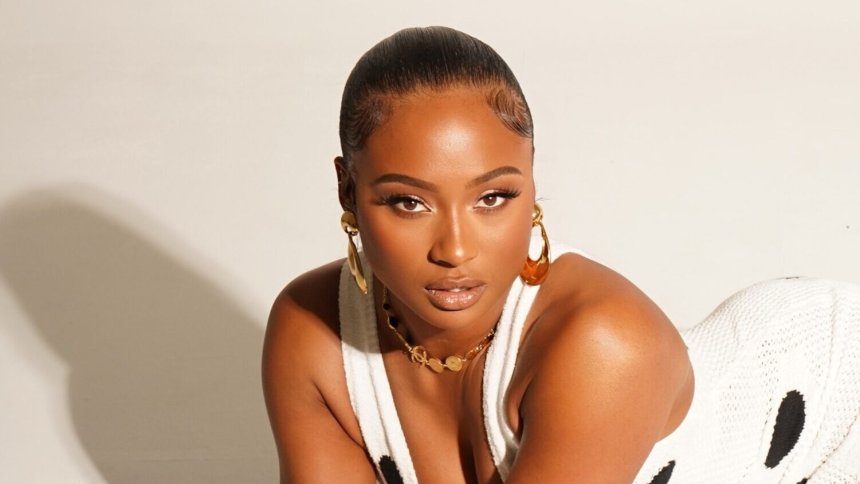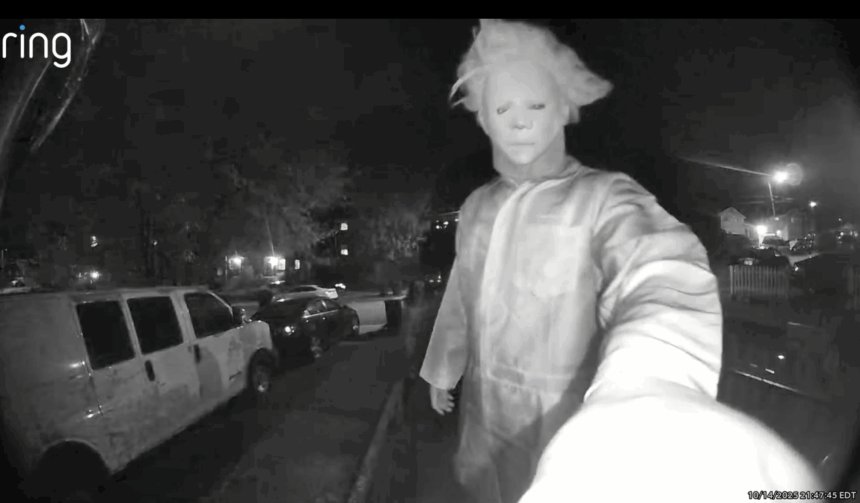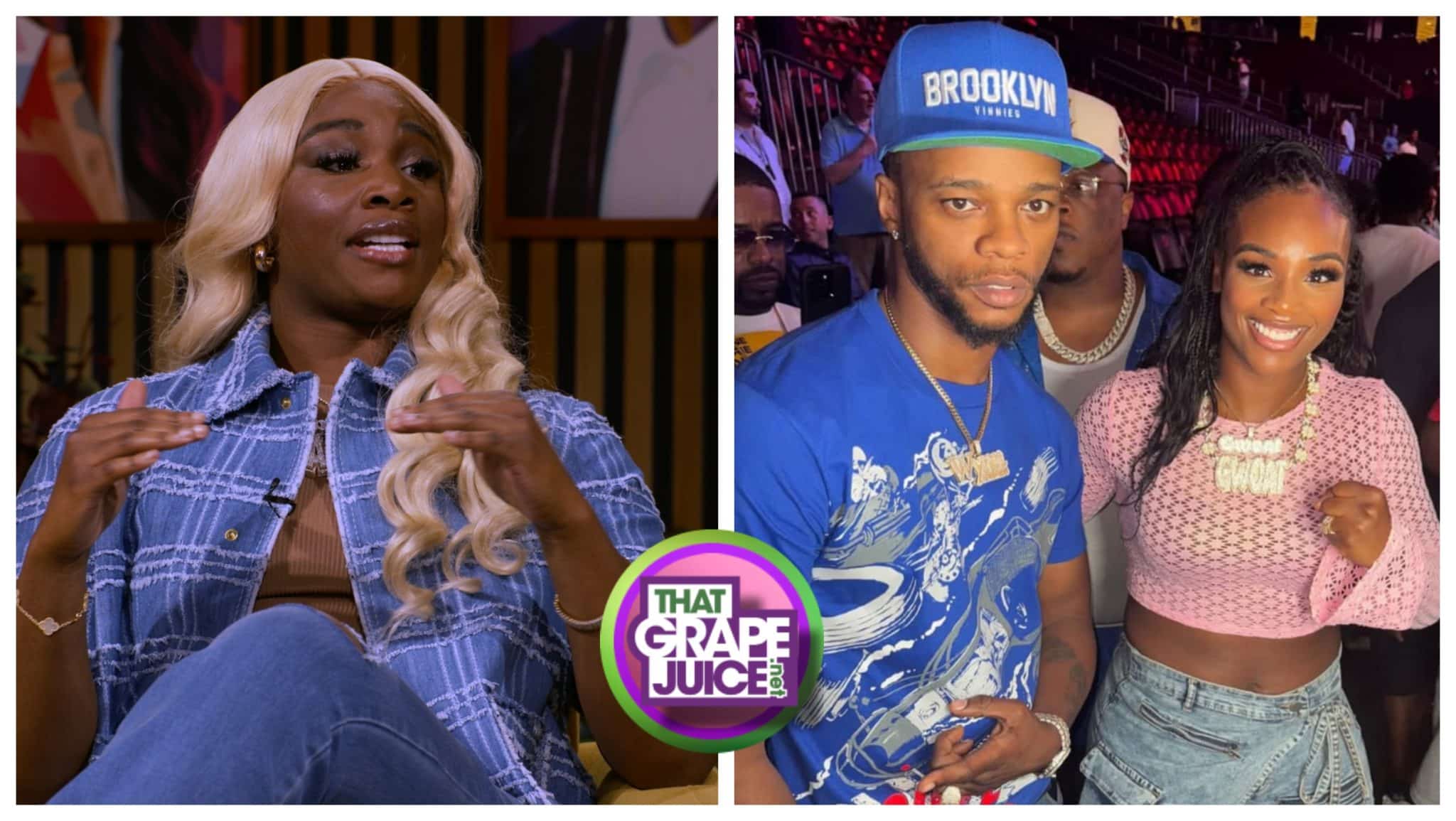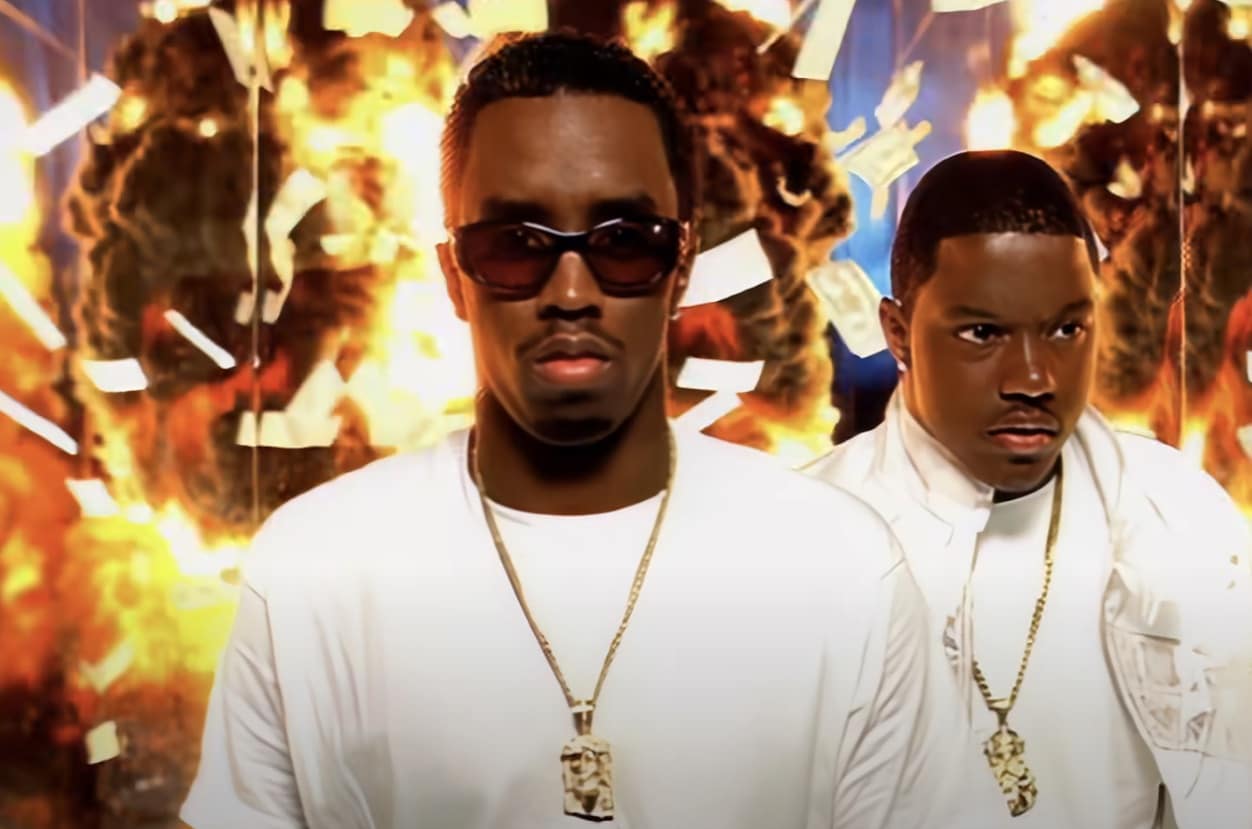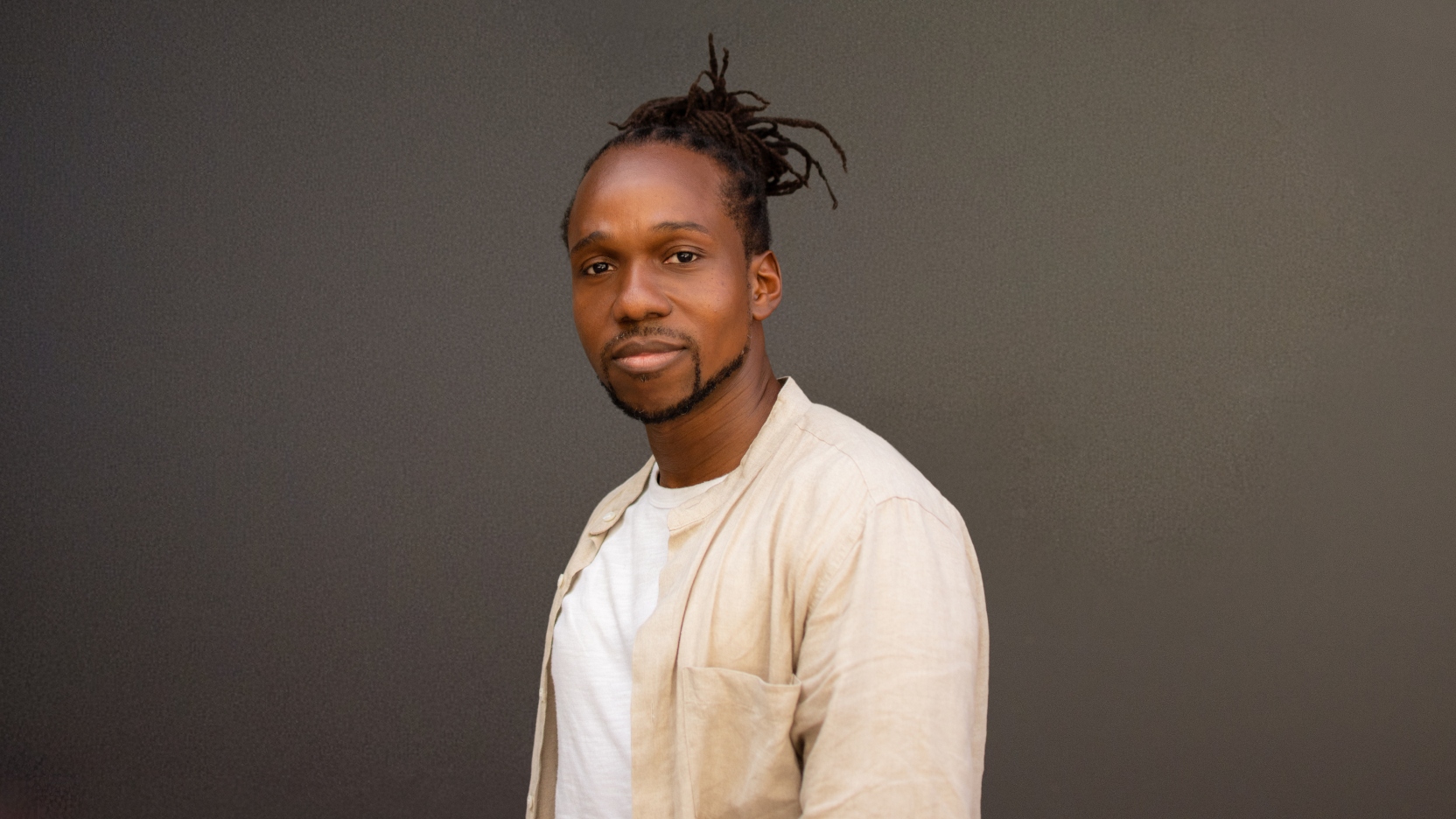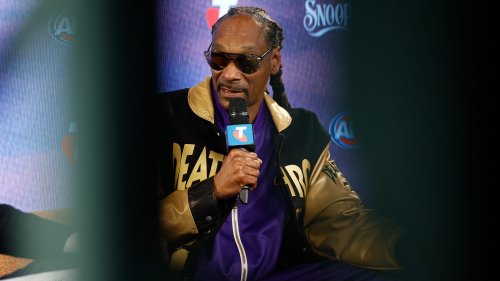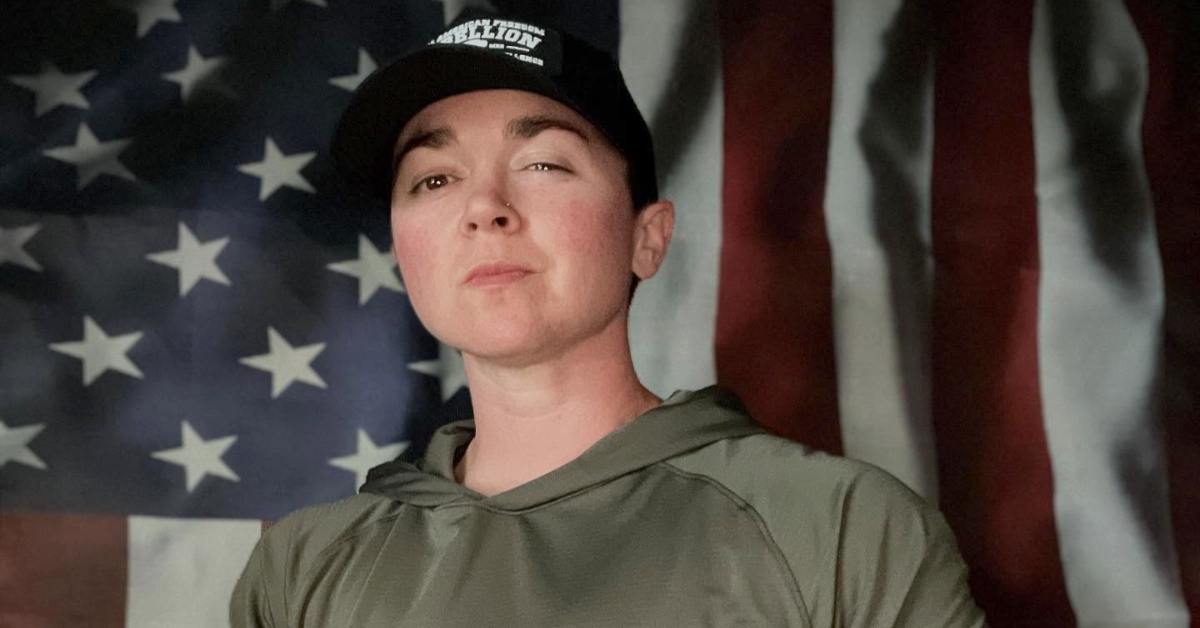‘No Kings’ anti-Trump protests follow in the footsteps of Black resistance and organizing
“We need to gather to remind each other that this is not normal, and that we still have power to
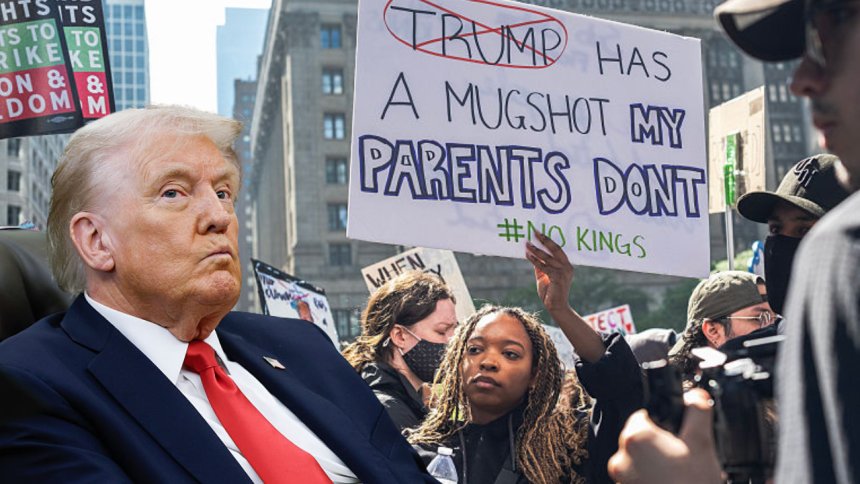
“We need to gather to remind each other that this is not normal, and that we still have power to push back–even if it’s showing up,” said Angela Angel, a senior advisor for Black Lives Matter PAC.
Millions of Americans are expected to march on city streets across the country today for “No Kings” mass demonstrations in protest of President Donald Trump‘s administration, which has been excoriated by critics as fascist and authoritarian.
The planned marches also coincide with commemorations for the 30th anniversary of the Million Man March, and are in the spirit of the nonviolent protests that helped fortify the Civil Rights Movement for Black equality.
“We need to gather to remind each other that this is not normal, and that we still have power to push back–even if it’s showing up,” said Angela Angel, a senior advisor for Black Lives Matter PAC.
“The federal government is operating in a state of fascism…even though I don’t always like using that terminology,” Angel told theGrio. “[The Trump administration] is not listening to the courts. It is disregarding tradition and disregarding the way our country was established.”
This weekend’s mass protests come amid rising opposition to several actions taken by the Trump administration, including the deployment of military troops to civilian communities, where mostly Black and Brown Americans have had violent encounters with law enforcement; the indictment of Trump’s perceived political enemies like New York Attorney General Letitia James; and the execution of mass layoffs and spending cuts to programs and services, like Medicaid and SNAP, that many vulnerable communities rely on amid persistent economic headwinds.
“What you’ll see this weekend is what patriotism looks like, people showing up to express opposition to the extremism that Donald Trump has been unleashing on the American people and…the Republican failure to keep their core promise…to lower the high cost of living,” U.S. Rep. Hakeem Jeffries of New York, the Democratic leader of the U.S. House of Representatives, said during a Friday press conference.
“They haven’t lowered the high cost of living. Costs haven’t gone down on day one, as they promised. They lied to the American people.”
The history of protest and Black resistance

The acts of protest or demonstration, which the First Amendment protects, have historically been successful tools during pivotal moments of breakthrough in the United States, especially the Civil Rights Movement during the 1950s and 1960s. The era saw intersectional solidarity among racial and ethnic groups that condemned racial discrimination and violence, and advocated for the civil rights of Black Americans.
That model, over the next few decades, was used to advance equality for women, LGBTQ+ people, immigrants, and people with disabilities.
“Dr. Martin Luther King, Jr. talked about protest being the language of the oppressed,” said Dr. David J. Johns, CEO and executive director of the National Black Justice Collective (NBJC).
Johns told theGrio that, throughout history, oppressed people or those “dispossessed or not in power” used protest as a tool to “righteously and justifiably take up space and make demands.”
“Things that are important in a democracy, to be sure, but also in a functioning society.”
How protest is understood today in America is a “gift” that comes from the legacy of Bayard Rustin, said Dr. Johns. The civil rights leader and organizer, whose life was immortalized in the Netflix film “Rustin” starring Colman Domingo, mentored and educated Dr. King on civil disobedience.
“[Rustin] took from the teachings he learned from monks and monasteries and Tibet and Quakers and his grandmother’s faith tradition and the teachings of so many people,” said Johns.
“There was a moral authority that came [with the Civil Rights Movement],” said Angel of BLM PAC. “It was effective at claiming moral authority and narrative framing. If you look at MLK, Ella Baker, Bayard Rustin, even Malcolm X, part of what they did, they shifted public opinion and policy because they centered justice, they centered dignity, and they centered basic human decency and rights.”
U.S. Rep. Bonnie Watson Coleman, D-N.J., who once led New Jersey’s statewide Office of Civil Rights, Contract Compliance and Affirmative Action, said protests in America have caused “the institutions of racism, sexism and homophobia to change, whether it’s how we’re treated, how we’re talked about, whether or not we’re employed, housed, whatever.”
Protests in the Trump era

President Trump’s ability to exert executive power during his second term without much pushback from Congress and the U.S. Supreme Court inspired the “No Kings” movement–the idea that America was founded as a democratic republic and not a monarchy under the rule of one.
Congresswoman Watson Coleman said the nation is facing a harrowing time as Trump has seemingly trampled on the independence of the other two branches of government.
“This spineless Republican majority [in Congress] has capitulated to Donald Trump,” she asserted. The congresswoman said it is also “very concerning” to see the Supreme Court’s inaction.
“[They] can’t quite figure out what is the legal basis of authority for all of this immunity [they’ve] laid upon this corrupt president.”
She added, “We held so much esteem for [the Supreme Court] because it responded to the protests and the litigations coming out of those protests to change things, whether it’s voting rights, civil rights, women’s rights, religious rights [or] LGBTQ rights.”
Despite decades of progress in America, which was fortified by protest movements, advocates worry about the Trump administration’s efforts to silence dissent, including using fearful language and imagery to change the narrative.
President Trump has already used protests against his immigration raids in cities like Los Angeles and Chicago to justify his deployment of military troops.
“This moment is one in which people who have power, who are in the minority, have weaponized language and bastardized the teaching of history so that we don’t appreciate all of this and appreciate how all of us are connected by these movement moments in ways that become difficult to appreciate when the noise is so loud and the disinformation and misinformation is working and the ways in which it’s been funded,” said Johns.
“My fear in this moment is leaning into this administration’s desire to try and bastardize protest such that people believe that demonstration is an act of terrorism when it’s the exact opposite.” 
After the Black Lives Matter uprisings in 2020, which effectively advocated for racial equity amid several deadly cases of police brutality and racial violence, Trump and Republicans sought to paint the BLM movement as violent–some even called it a terrorist group.
In September, the Trump administration named another political movement, known as Antifa, as a domestic terrorist organization.
Reflecting on the conservative pushback against BLM, Angel told theGrio, “One of the reasons why it was weaponized against us in the 2024 election is because it is so powerful.”
She said that is why, now more than ever, all marginalized groups must stick together in solidarity against the Trump White House.
“We are at war. We’ve been at war for a while, but we are moving into different levels of the hostile state, and that is an absolute strategy to weaken us,” said Angel. “We need to start figuring out what the counterattack is, and part of the counterattack is working together.”
Share
What's Your Reaction?
 Like
0
Like
0
 Dislike
0
Dislike
0
 Love
0
Love
0
 Funny
0
Funny
0
 Angry
0
Angry
0
 Sad
0
Sad
0
 Wow
0
Wow
0
